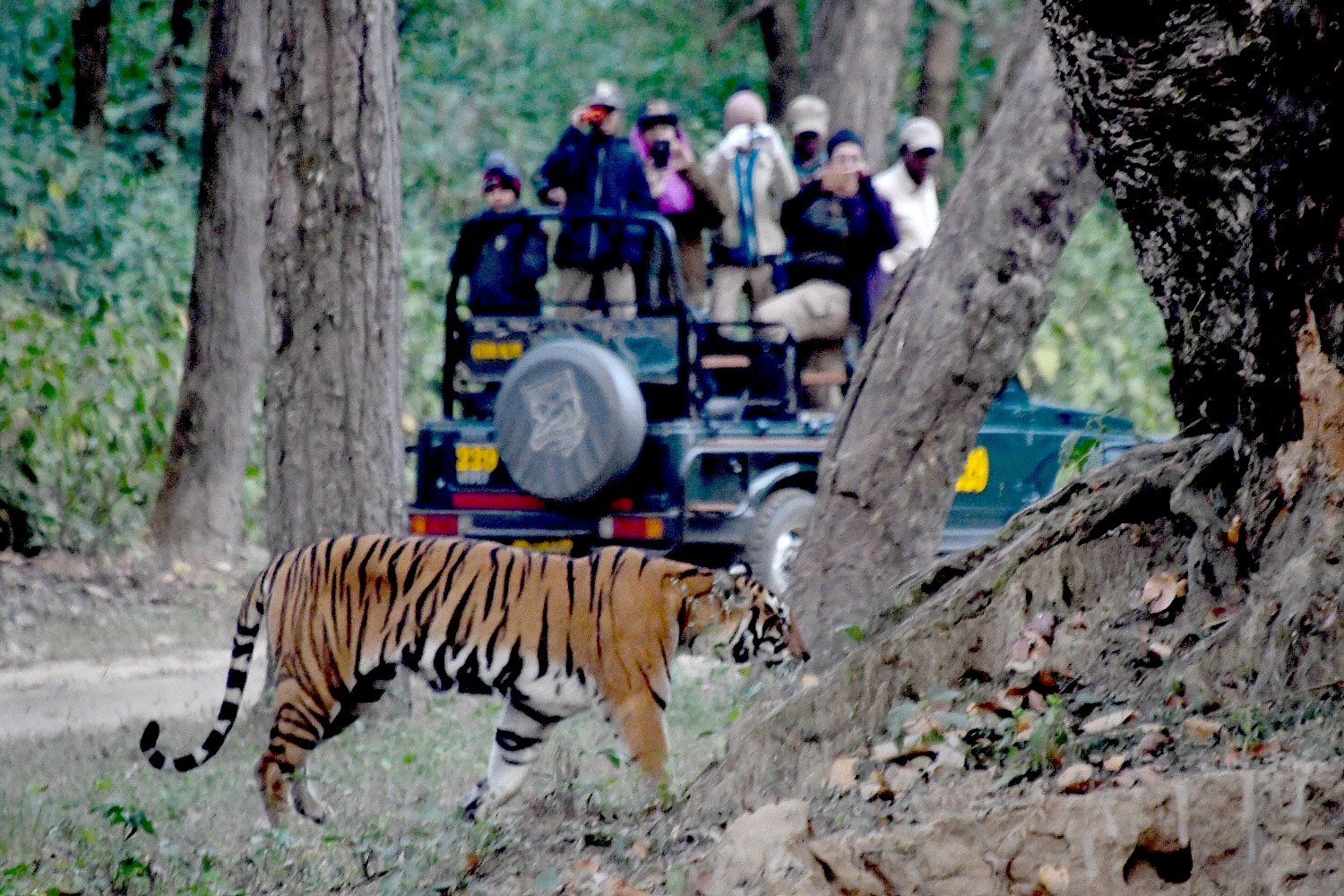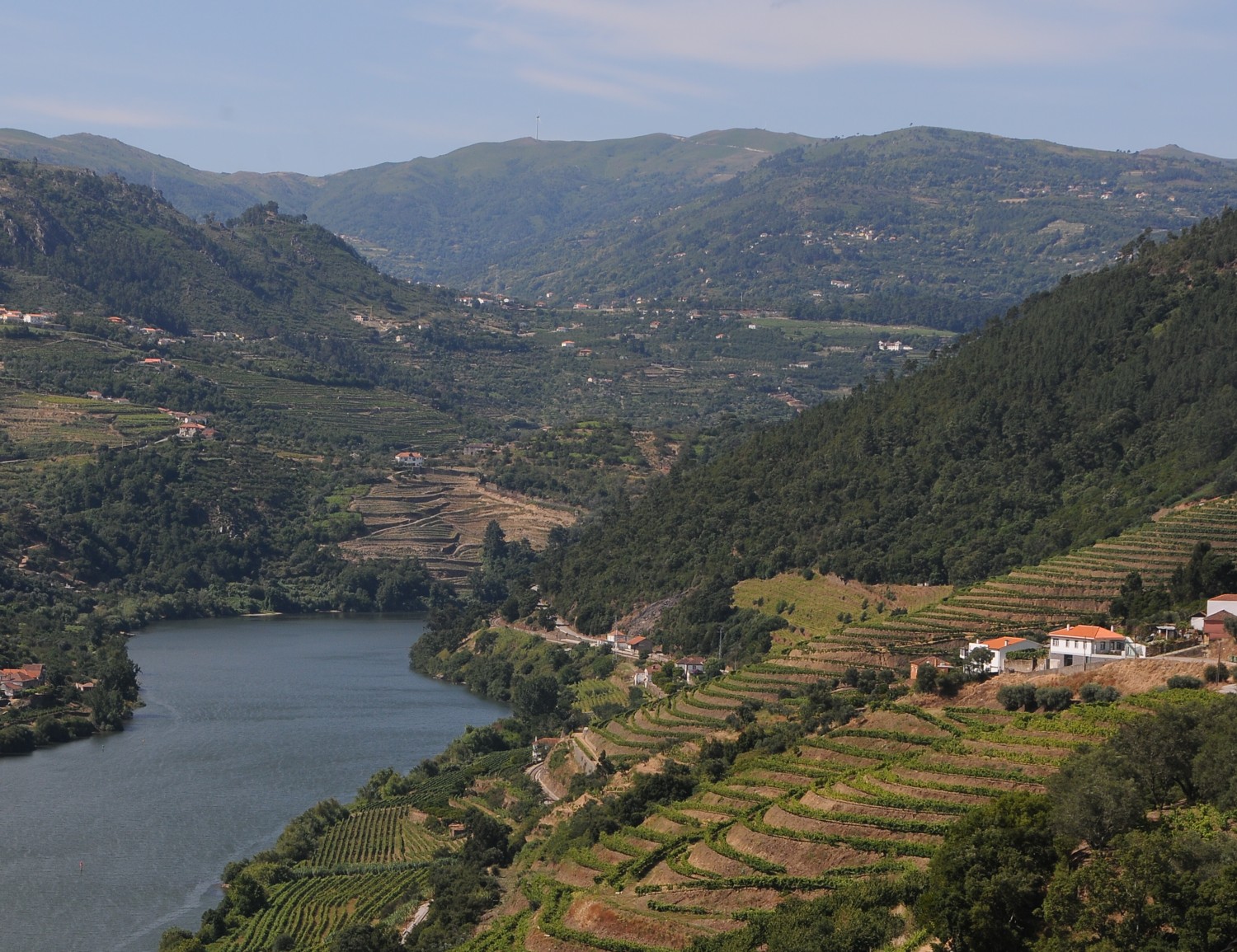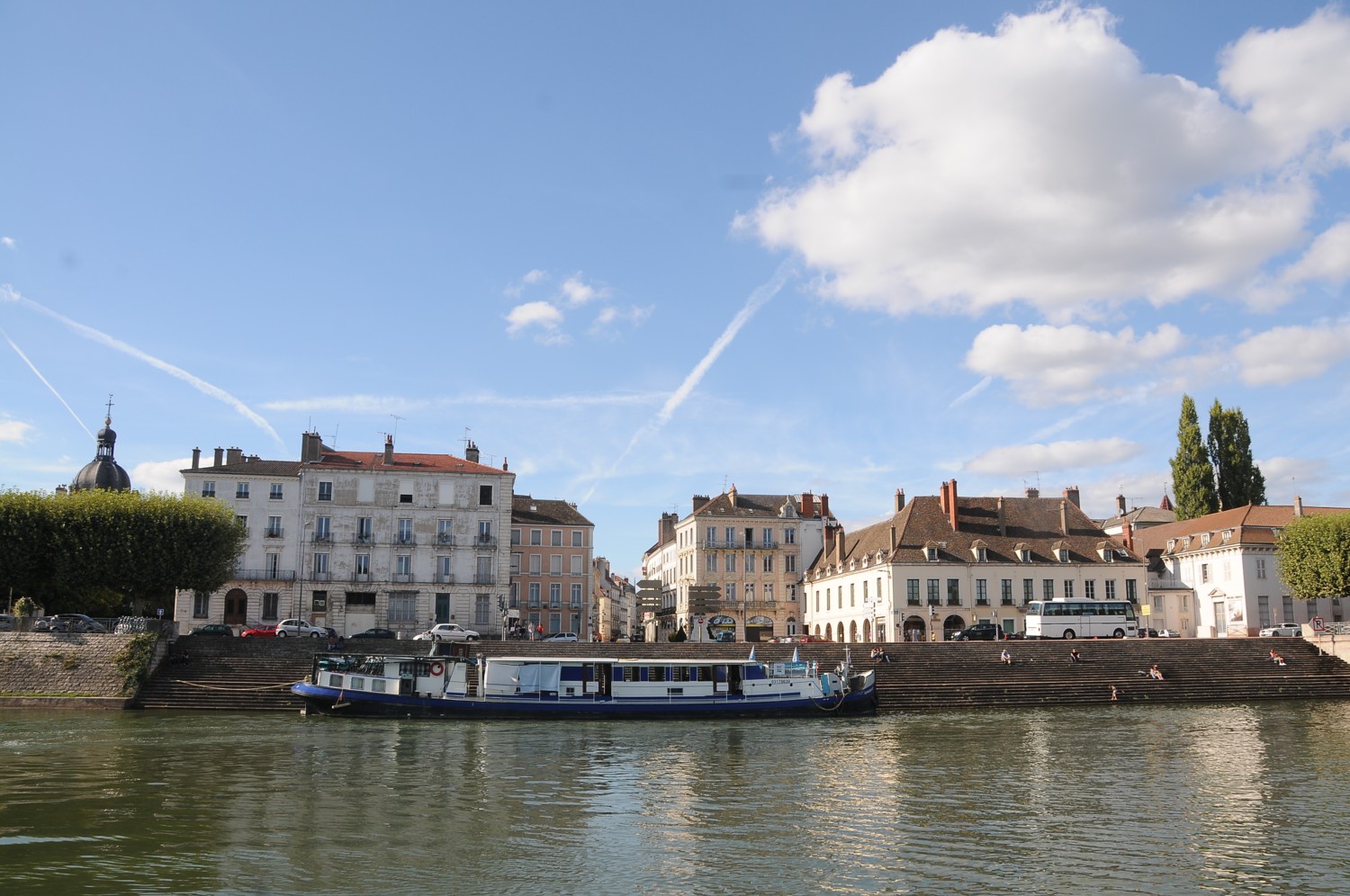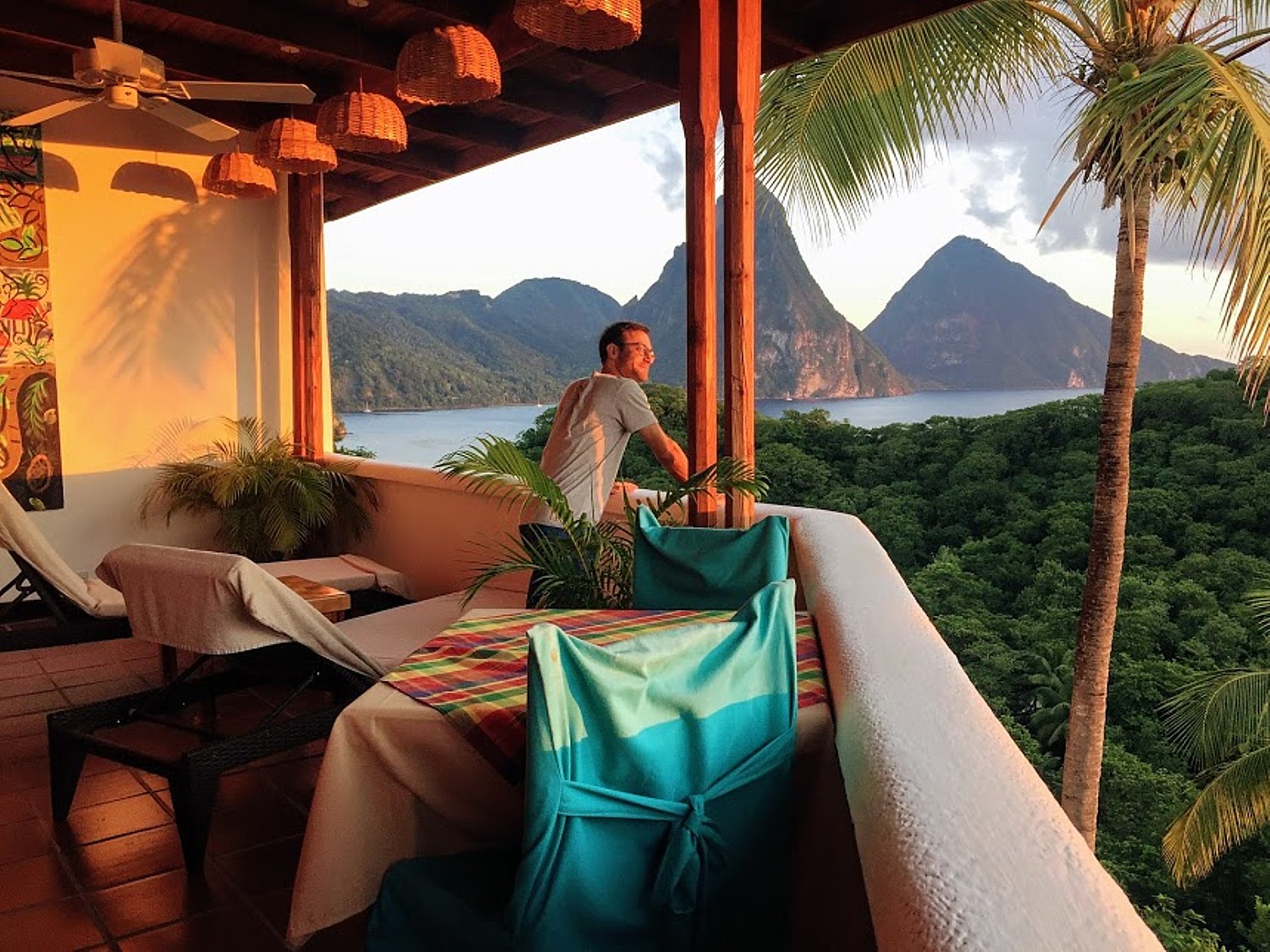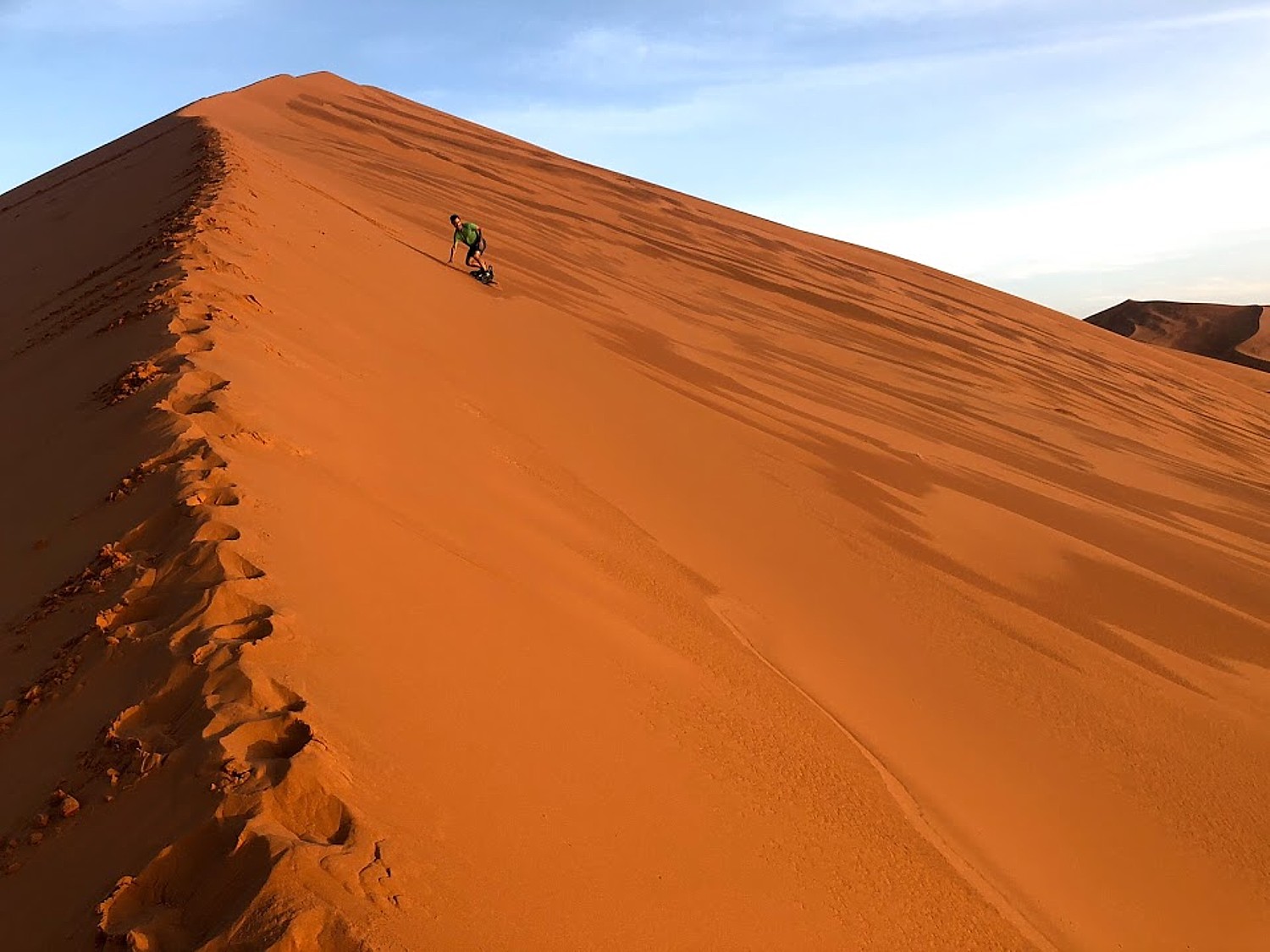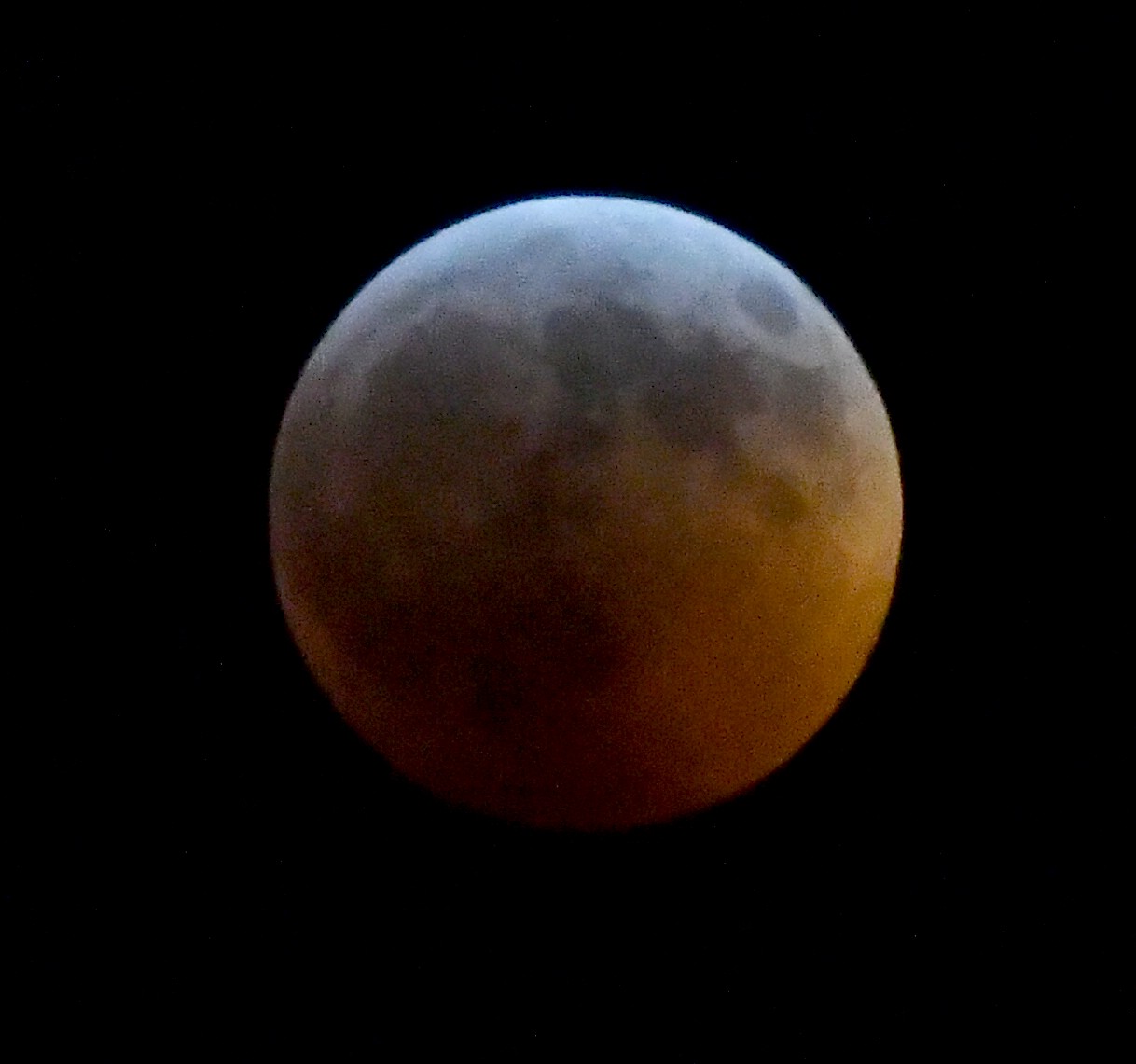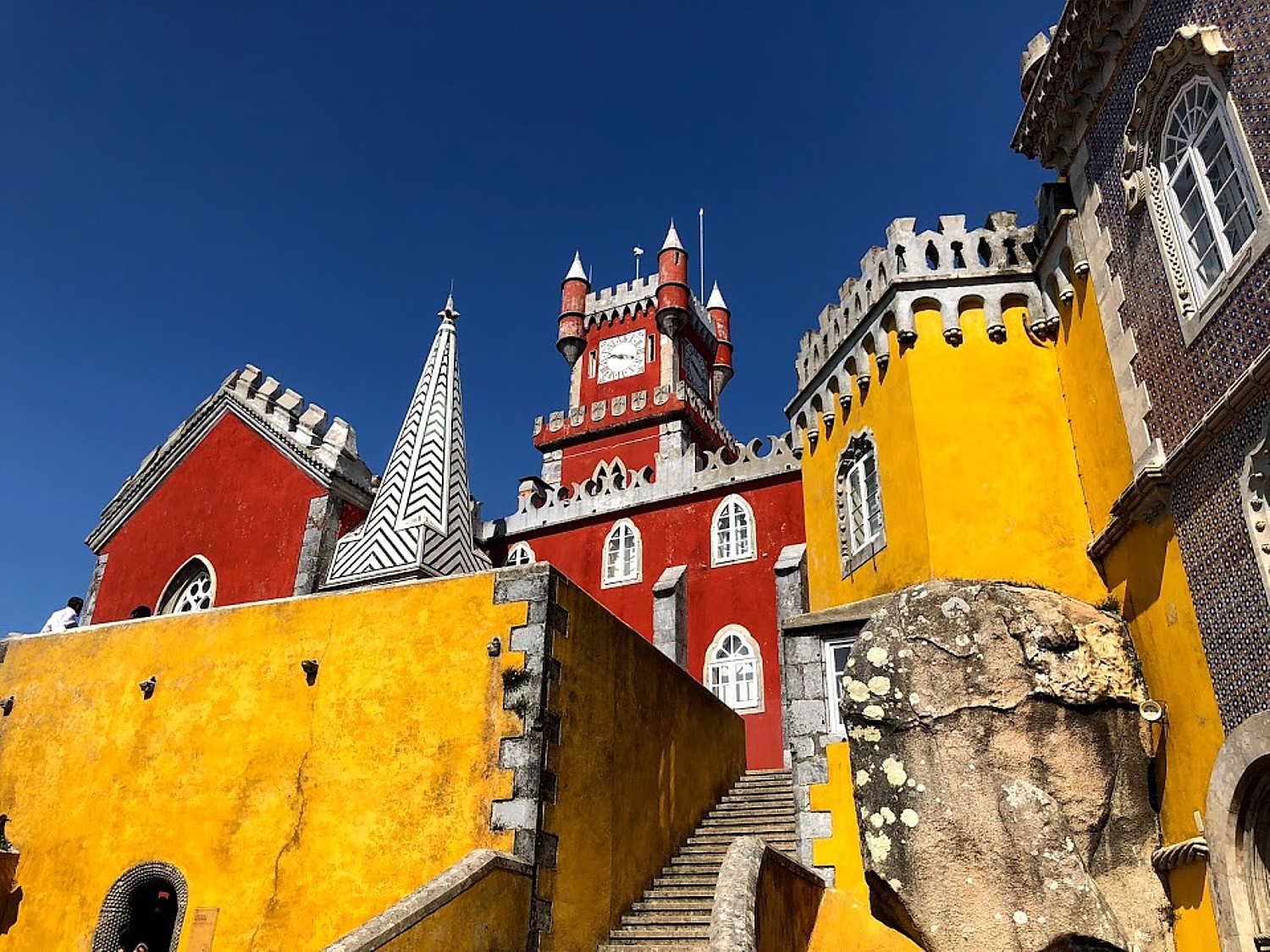
By Karen Rubin, Travel Features Syndicate, goingplacesfarandnear.com
Overtourism is a growing concern and not just for residents of popular places being overrun and rendered unaffordable and uninhabitable by onslaughts of tourists, possibly assisted by the mad dashes to the next “hot” place, prompted by social media “influencers” and “user generated” posts (‘Look at what a wonderful place I’m in, you should come!”). Governments and municipalities who otherwise relish the jobs created and economic benefits of tourism, are increasingly concerned about the literal destruction of the very thing that so attracts travelers – effectively killing the goose that lays the golden egg.
Some destinations are being mindful – Venice is even contemplating charging admission to day-trippers and there are now gates in place that can close off the city to anyone who isn’t a resident or hotel guest at night. Coral reefs are being killed off by snorkelers wearing popular sunscreens with oxybenzone (a travel company, Aqua-Aston Hospitality, won an HSMAI Adrian Award for Leadership in Corporate Social Responsibility for its “Reef Safe” Campaign raising awareness, including giving out 70,000 samples of appropriate sunscreen and ultimately got the state of Hawaii to ban the damaging chemical).
Places like the Galapagos and Macchu Picchu limit the number of people; the National Park Service has a lottery system for permits rafting in the Grand Canyon and people wait years for their number to come up.

People can love a place to death, or just be so selfish and insensitive not to care – look at what happened the Joshua Tree National Park during the government shutdown, with vandals and marauders destroying trees that take 1000 years to grow, and will take 200 to 300 years to restore the park.
It’s a dual-edged sword, though: tourism, done right, helps sustain the very environment, culture and heritage by providing economic sustenance, so indigenous people can continue to live and work in their native lands, so there is money for maintenance and upkeep of monuments, wildlife refuges and nature preserves. Ironically, some game preserves justify selling hunting permits to sustain the animals. And often, travelers are not in a position to know whether the elephants or camels they ride are “gentle” because they have been conditioned with cruel means.
“I’m shocked how people (Americans) don’t care – until problem is right on them,” an irate Mark Lakin, Co-Founder, Epic Road, said at the New York Times Travel Show panel, ”Sustainable and Socially Conscious Travel: Tips, Advice and Travel Experiences.”
“Think about what drew you to a place – sustainability is defined as preservation of that asset – whatever it is that you want to see, you want your kids to see, you are choosing to make that asset live. I’m surprised more aren’t concerned about travel.”
“Travel is not a right, travel is a privilege – if you are among those people privileged to travel, you have obligation to preserve [what it is you are traveling to see],” said Bret Love, Co-Founder, Green Global Travel. “Are you going to exploit or empower? We practice ecotourism – responsible travel to natural places – eco doesn’t stand for economy, which is exploitive, it stands for ecology.

“Our purpose for being is to teach people how to travel more responsibly, sustainably to preserve not just the natural but the cultural – languages, music, dance – all the things that make a cultural destination unique. If we are not preserving, they won’t survive. The reason this is important is that if we don’t spend money responsibly when we travel, we risk losing all the things that make the places special.”
“There are two terms fairly loosely used: responsible travel and sustainable travel,” said James Currie, Wilderness Safaris Brand Ambassador. “Responsible travel has now become a word that you have to embrace sustainability to be responsible – yes can travel with a sustainable outfitter – someone who is taking care of the environment, who builds lodges in a sustainable way, but it is up to us travelers to act responsibly – to respect local cultures, communities, distances you go to see animals.
“I genuinely believe that responsible travel is a better form of travel, and once people experience it, you won’t want to travel any other way.”

New York Times travel and lifestyle writer, Shivani Vora, who moderated the panel, Sustainable and Socially Conscious Travel: Tips, Advice and Travel Experiences, at the New York times Travel Show, raised the issue that “so many of us stay in hotels, what does it mean to choose a sustainable hotel?
“There is such a thing as greenwashing – towels, hire locals – that actually saves money,” said Currie. “True sustainability goes so much further. When considering a sustainable hotel in fragile environments (like safari lodges), consider: Is that hotel built in a sustainable manner? Where we operate in the wilderness areas of Africa, you can literally pick our lodges up and there will be little sign of ever having been– there is no concrete foundation, everything is on elevated boardwalks, canvas-style tents, yet you still don’t sacrifice luxury. What are those hotels on the ground doing to have sustainable effect – animals, conservation, local communities? What are you doing for local communities, how are they benefiting from the tourism dollars going to the hotel, what conservation projects are they supporting? We’ve been operating 35 years – 35 ears of “traveling with purpose” – we pioneered ecotourism in Africa before the word existed.
“We use life changing journeys to help preserve and restore the wild places of Africa. Wilderness safaris connect with nature, make a difference. We were the first with passion, courage to pioneer sustainable ecotourism as we know it today. We adopted the African schema as a logo, a symbol of pristine and fragile eco systems. We were the first to reintroduce previously extinct species (rhino), to do ground-breaking reforestation in Rwanda habitat for gorillas.
“For us, it’s not just about big game on the savannah – thanks to 35 years of experience, we are able to offer guests authentic, intimate wildlife encounters – 2 million hectares of pristine wilderness areas in seven countries, 40 camps and lodges that epitomize our ideal.

“Conservation is also about people. “Our journeys change lives” not just those of guests, but of the staff and thousands of people who live in these communities.”
Among the programs that Wilderness Safaris offers is Youth of Africa, an eco-mentor program, where young people access and can appreciate their heritage and become the conservation leaders of the future. “We change lives now and into the future; our journeys change lives. We make a political impact.”
“Don’t be afraid to ask the important questions when you travel in Africa,” Currie said. “If they don’t have something tangible in writing, a really good environmental policy, you are booking the wrong hotel or operator.
Bret Love, Co-Founder, Green Global Travel advised, “Certification programs to look for – some are more efficient than others – LEED building certification (if the hotel was built in sustainable fashion, but not if operated sustainable, or community initiatives). The epitome is the Global Sustainable Tourism Council (gstcouncil.org), which devises criteria by which tour operators and hotels are judged. But you have to pay to play and small mom and pop operators may not be able to afford certification. Another is Earthcheck (earthcheck.org) which has patented software and systems that have set a benchmark for sustainability reporting for the travel and tourism industry and is used 70 countries. Another is Green Globe and Rainforest Alliance.
“But it boils down to reviewing blogs, authoritative sites like New York Times, what people say. Look for active engagements with the community.
“We work with international expeditions, leading tours to Peruvian Amazon for years – go to local schools in Iquitos where have conservation education program for kids, who train to become guides and trackers; go to river villages to see water treatment plants they created for villages, sidewalks so don’t have to watch for poisonous snakes – use money from tourism for schools, infrastructure.”
In Kenya, Gamewatchers Safaris & Camps have a connection to Masai. The company pioneered Masai conservancies, just outside Masai Mara where there is more wildlife because the animals are more protected. The local communities own the land which Gamewatchers lease, 90% of the employees are from the Masai and the company pays out $500,000, divided among 1000 local Masai families that own the property. So, look where money goes to community.
“Why it should matter to you is not just benevolence,” said Lakin. “In the Maldives people love those romantic over-water bungalows built on coral reefs. But if you use heavy machinery to build them, you kill the reef. Why should you care? Because when you dive off from your bungalow to the reef, it’s dead.
“The person who comes and serves breakfast. If the wilderness lodge has gone out of its way to build a school to educate that waiter’s child, he will be happy to have the job, and it will be reflected in how he treats the guest.

“Stop seeking ‘ecotourism’ for ecotourism. You are all curious nomads, seeking out the next great adventure. If you want adventure to be great, think about how every person, place and thing was treated and hopefully the label of ‘ecotourism’ will go away and it will just be about good business practice.”
Even hotels in urban destinations can reflect sustainable practices and responsible tourism.
“Consider not just how the building was built, but what extra things the hotel does for the local community, visitor experience,” Love said. “Does it have its own rooftop garden where they grow produce used in the restaurant? Does it have a rainwater catchment system so they are not using public water, or a gray water recycling system to irrigate, efficient lighting. Does it make the lowest impact it can make?”
The easiest telltale says Lakin, “Do the plastic test: if you walk into the room and you only see plastic; how many little bottles, pens, cups? “
“Whether a hotel is in Africa or a city, there are tangible examples of what a difference we can make, Currie says. “We had plastic bottles at our lodges until 2012, when we started a five-year plan to reduce plastic in lodges. In five years, we reduced plastic waste by 88%. We also put in reverse osmosis and recycle wastewater for vegetable gardens.
The amount of electricity using solar can save is 5000 carbon tons, equivalent to 600 flights between London and Johannesburg. Ask hotels what they are doing to reduce their carbon footprint.

“If you travel and see a company not managing sustainably, speak up. As consumers, you have power,” says Love. “We spoke up in the Amazon, where operators were using plastic water bottles which they had to have shipped in and then deal with it afterward. We said, Why not just put a water filter system on the boat, give guests a water bottle with your logo that they can fill up, then you don’t have to deal with shipping. You can make these changes.”
“Sustainability is a ripple effect,” says Currie. “It starts with the traveler making a difference, which makes a difference for the hotel, which has immense power with suppliers. At Wilderness Safaris, we noticed that a lot of food that was coming in cellophane-wrapped. We put pressure on suppliers to stop wrapping the food in plastic.
But even companies that want to be sustainable, may not know all things they need to do – companies that offer animal interactions, like elephant rides in Thailand, camel rides in Egypt, posing with a tiger, swimming with dolphins or encountering sharks in a dive cage.
Love points to companies that offer a chance to ride an elephant. “We had to educate them that this is not truly sustainable – if you want to use these words and avoid greenwashing – dedicate yourself to educating yourself. Consumers should educate – at website, stories about cases.
“I swam with dolphins before the documentary, ‘The Cove’ came out. No one knew in 2007 about dolphins in captivity – swimming with dolphins was considered ecotourism. The same with riding an elephant and walking with lions. Elephants which are trained to pose for photos or give rides, are put through an extremely brutal training process, designed to break the animal’s spirit and make it a slave to human overseers. If you wouldn’t want something done to a human why would you allow it to be done to one of most precious and beautiful animals in the world?
“Educating yourself about what is behind these things- people see Tiger Temple in Thailand where you can pose with a tiger (which may be shut down). But it has been proven that the tiger has been drugged, that’s why it’s so placid – but people don’t know. If you are touching an animal, posing with selfie, riding an animal that’s not meant to be ridden, probably there is some hurtful process to condition the animal. People don’t know. But if what you are doing is changing the natural behavior of the animal, don’t do it.

Even snorkelers can be unwitting killers of the coral, by wearing sunscreen containing oxybenzone, which is toxic to the living coral.
“If on safari, game rangers or guides too close to wildlife that puts you at risk, but if something happens, the animal would be shot,” Currie says. “Guides must respect a comfortable distance, and keep park vehicles so they always have an escape route. If you see the guide getting too close, say something. It’s about your safety but the animal’s safety also. At Ngorongoro Crater there are off road tracks all over because of irresponsible guides.
“The vast majority of animal interactions are not acceptable,” says Lakin. “One of the quickest ways to figure if interacting with captive animal is acceptable, is whether the animal is being bred.
In contrast, you can support organizations that rescue orphans and reintroduce them to the wild.
Lakin points to the David Shelbrick Wildlife Trust, which rescues orphan elephants whose mothers have been killed by poachers. They have developed a synthetic milk formula that mimics elephant milk. They may spend 5-7 years rearing the baby elephant before reintroducing them into a herd, but allows visitors, who make a donation, to visit the baby elephants. Elephants have lived on earth for over 55 million years, but in just the last 100, we have lost 92% of elephants to habitat loss and poaching.”
Epic Road supports the David Sheldrick Wildlife Trust (DWST) which rescues, rehabilitates and reintroduces the orphaned elephants, providing travelers who symbolically “adopt” an elephant with a $50 donation, an opportunity to have a private visit.
“The experience is just better when it is responsible,” Lakin says.

“Wherever you go, try to engage with local community, food, culture, history, art, dance, everything that makes unique – don’t just be an observer but a participant – learn the language, learn to cook a dish, sing a song. In the Peruvian Amazon, we taught kids to do the hokey-pokey, in middle of Amazon! You will feel feelings you won’t get from all-inclusive resort, or a cruise. Just engage and be part of the world, embrace the world, that’s what makes travel real, connect across boundaries, understand we are all more alike than dissimilar.
Overtourism – literally loving cherished places to death – is another problem inadvertently raised by ecotourists who believe they are supporting and sustaining environments and cultures. But there are ways to mitigate the adverse impact: time the visit to the off-season and less popular times when a destination is not being overrun. Even better, seek out alternatives.

“You might find joy in finding the 2, 3rd or 10th version of that place and not being with so many people,” says Lakin. “That’s not to say Taj Mahal or Victoria Falls are not spectacular but there is something to be said for visiting less trafficked.”
“There is no problem with going to Machu Picchu, which is doing things to limit tourists,” says Love. “But traveler should research and go in off season or shoulder. Machu Picchu is great but there is a whole sacred valley with amazing ancient ruins just as cool. Don’t neglect to see other things – in Czech Republic, Prague was crazy, way too many tourists, but every place outside Prague was great. You don’t want to contribute to mass tourism, but that doesn’t mean you can’t visit, just avoid peak times.”
_____________________________
© 2019 Travel Features Syndicate, a division of Workstyles, Inc. All rights reserved. Visit goingplacesfarandnear.com, www.huffingtonpost.com/author/karen-rubin, and travelwritersmagazine.com/TravelFeaturesSyndicate/. Blogging at goingplacesnearandfar.wordpress.com and moralcompasstravel.info. Send comments or questions to [email protected]. Tweet @TravelFeatures. ‘Like’ us at facebook.com/NewsPhotoFeatures
